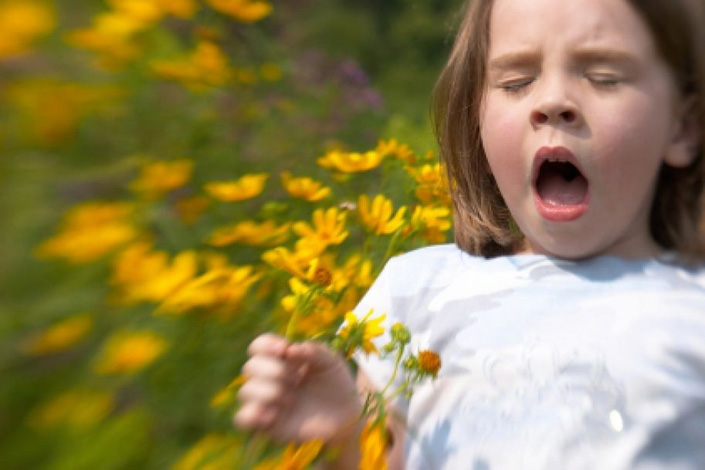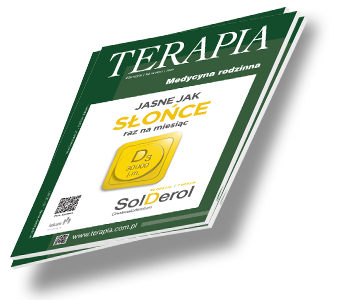Pediatria Terapia 2018, 11 ( 370 ) : 68 - 74
Kiedy katar u dziecka wymaga leczenia alergologicznego? Rozpoznawanie i leczenie alergicznego nieżytu nosa u dzieci
When does rhinitis in children require allergy treatment? Diagnosis and treatment of childhood allergic rhinitis
The diagnosis of AR is made on the basis of a detailed clinical history, physical examination and evidence of sensitization, measured either by the presence of allergen-specific IgE in the serum or by a positive skin prick test. Treatment of allergic rhinitis is categorized into strategies to avoid allergens, pharmacotherapy and immunotherapy.
Nasal steroids are the most effective pharmacotherapy for either seasonal and perennial AR. The paper aims to help to determine when referral to an allergist is needed and presents an overview of the latest treatment of allergic rhinitis.
Katar jest jednym z częstszych powodów zgłaszania się opiekunów z dziećmi do pediatry. Wyniki badania ECAP (Epidemiologia Chorób Alergicznych w Polsce) przeprowadzonego w latach 2006–2008 wykazały, że odsetek chorych na alergiczny nieżyt nosa (ANN) w Polsce wśród dzieci w wieku 6–7 lat wynosi 24%, natomiast w grupie wiekowej 13–14 lat stanowi 30% (1). Jak pokazują wyniki trzeciej fazy projektu ISAAC (International Study of Asthma and Allergies in Childhood), średnią częstość występowania ANN na świecie szacuje się na 8,5% w grupie wiekowej 6–7 lat, u dzieci starszych (13–14 lat) wartość ta sięga prawie 15% (2). Wyniki przedstawionych badań wykazują, że najczęstszą przyczyną nieżytu nosa niezwiązanego z infekcją jest alergia (3,4).

Zaloguj się i przeczytaj bezpłatnie całą treść artykułu.
Nie masz jeszcze konta dostępowego?
Zarejestruj się bezpłatnie, a otrzymasz:
* dostęp do wszystkich doniesień oraz pełnych tekstów artykułów naukowych w naszej Czytelni,
* prawo do bezpłatnego otrzymywania newslettera "Aktualności TERAPIA" z przeglądem interesujących i przydatnych wiadomości ze świata medycyny oraz systemu ochrony zdrowia w Polsce i na świecie,
* możliwość komentowania bieżących wydarzeń oraz udziału w ciekawych quizach i konkursach.
Zapraszamy serdecznie, dołącz do naszej społeczności.



Dodaj komentarz